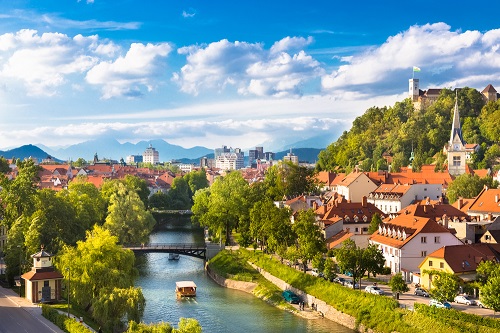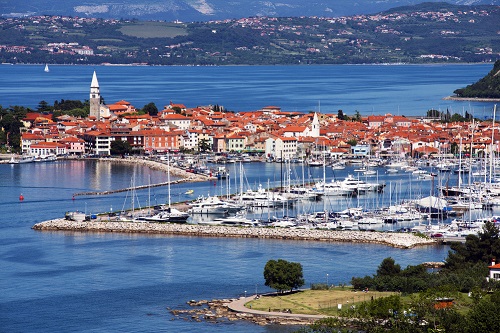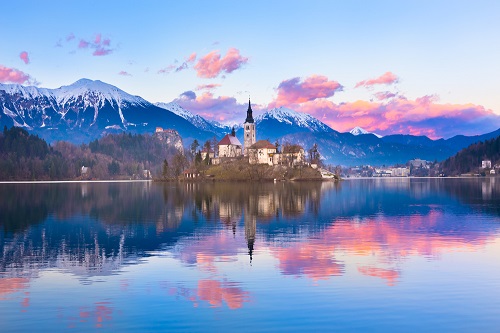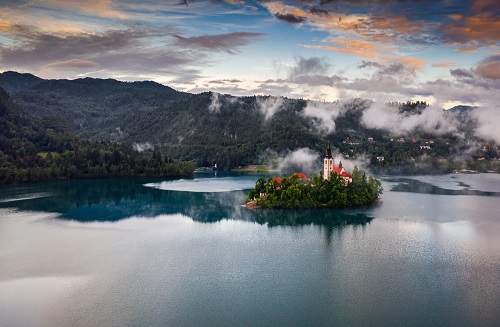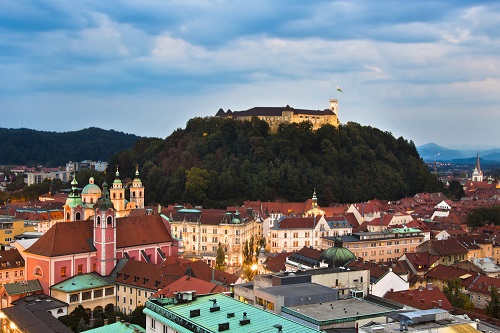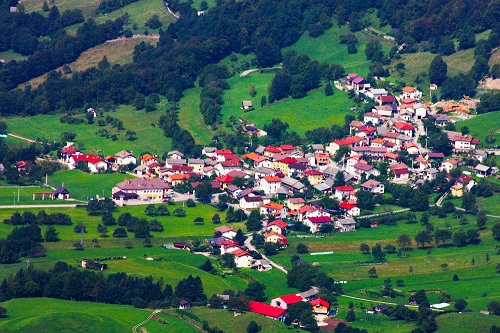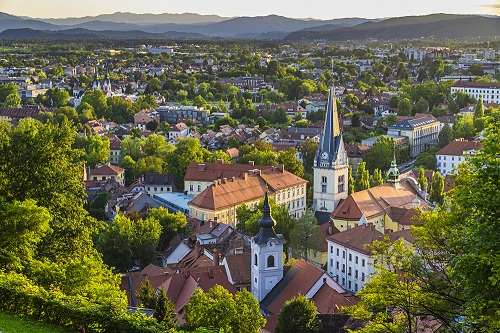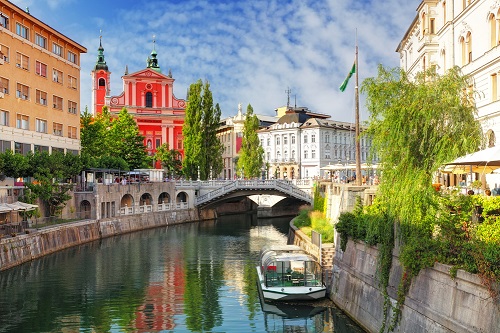How To Keep Your Health Insurance Costs Low in Slovenia
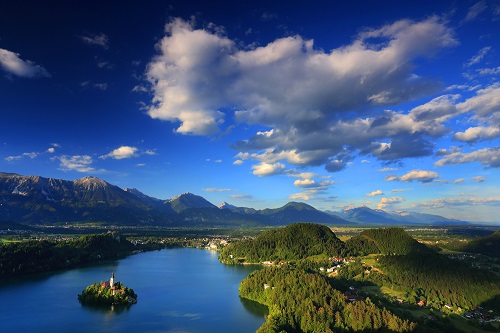
The Republic of Slovenia’s healthcare system ranked 21st in 2018’s European Health Consumer Index (EHCI), behind Switzerland, France and the UK, but ahead of the Republic of Ireland, Greece and Croatia. Although its position has slipped in recent years (in

